We are all familiar with the cliché that originated in the 1970s, “think outside the box .” This phrase was used as a metaphor for creativity and took its hold in various disciplines such as marketing, management, psychology and personal improvement.
I often encounter clients who are told this phrase without any guidance on how to go about it. They are often told to just think differently, to think unconventionally, or to think from a new perspective. The individual more often than not walks away baffled and wondering how to actually think outside the box.
To think outside the box requires a process that begins with cultivating self-awareness. There are two assessments that can facilitate developing self-awareness — the Emotional Quotient Inventory (EQi - 2.0), developed by Multi-Health Systems, Inc., a leading publisher of scientifically validated assessments for more than 30 years, and the Myers Briggs Type Inventory (MBTI). Each of these assessments complements the other and helps uncover different aspects of yourself. The EQi - 2.0 explores 15 competencies while the MBTI gives you insights about yourself, how you interact with others, and preferences on addressing issues.
After completing the EQI - 2.0 assessment, you will learn what your strengths are and what needs further development. As an example, a CEO I was working with discovered from the assessment that because of his low self-confidence, his decision-making skills were low, which elevated his stress levels. Having this information allowed him to understand what minimized his self-confidence and kept him stuck in old patterns of thinking. Once he strengthened his self-confidence, he was more confident in making decisions and could address a problem from different perspectives.
MBTI assessments vary but help reveal where you focus your attention, how you take in information, the way you make decisions based upon that information, and how you approach the world. Your results are put on a graph to illuminate the degree of the MBTI dichotomies. With this self-awareness, you can then have greater insight into yourself and the challenges you face.
There are different steps that one can embark on to address how to think outside the box.
1. Identify your box.
The key to identifying your box is to know your perspectives and beliefs. A glimpse into yourself using the MBTI can reveal your expectations of others based on your personality type. For example, if you are highly independent and work well on your own and in a managerial role, your perception may be that your team can work independently. Once you have this awareness that you work best independently and others may not, you have identified one side of your box. Identifying your box is the first step out of it.
2. Define your box.
When defining your box, ask yourself these questions:
• Are you open-minded, fixed or closed-minded? When someone is fixed or closed-minded, it is hard for them to change their view in spite of the evidence to the contrary.
• Is change difficult for you, or can you adapt to change easily?
• Are you aware of your biases and beliefs that were likely shaped by early childhood experiences?
Exploring these questions and uncovering the answers helps you understand and define your box.
3. Know your biases and beliefs.
Biases and beliefs are how you perceive information. Psychologist Dr. Taibi Kahler defines six ways that you perceive the world:
• Thoughts
• Opinions
• Emotions
• Reflections
• Reactions (likes and dislikes)
• Actions
Through these lenses, you reinforce biases and beliefs that keep you stuck in your way of thinking. In other words, stuck in your box. We all have a tendency to perpetuate our biases and cloud our perceptions and preconceptions and reinforce them by researching information that supports our biases and beliefs rather than uncovering information that is contrary to our beliefs.
4. Collapsing the walls of your box.
Flexibility and adaptability are paramount in learning to appreciate individual differences. The emotional intelligence assessment can give you greater awareness in these areas.
Furthermore, flexibility increases your tolerance for stress. Being open to change and diversity allows you to move out of the parameters of your box into unchartered territory beyond your comfort zone.
